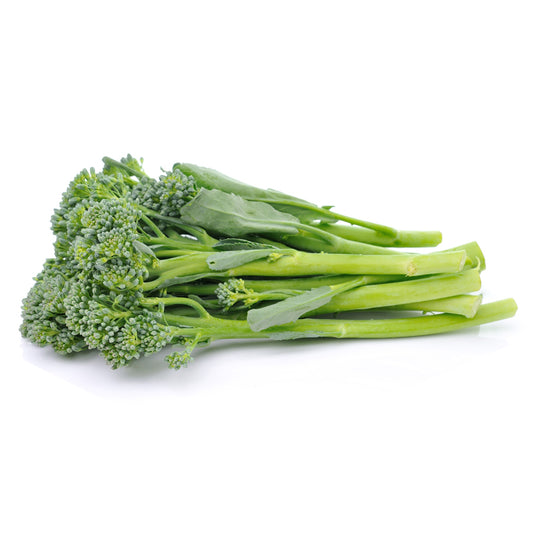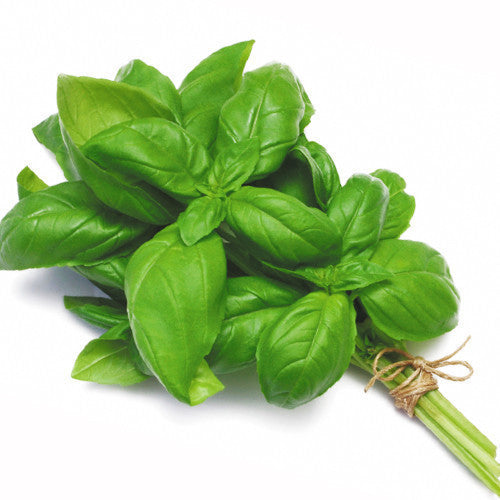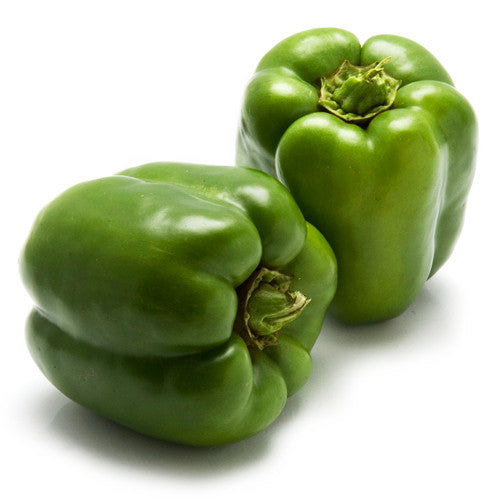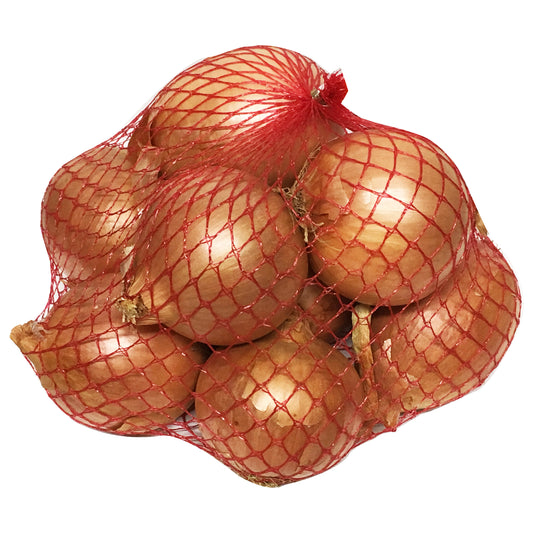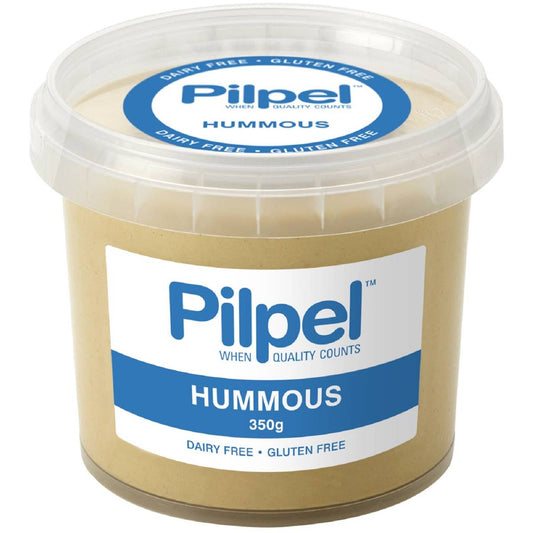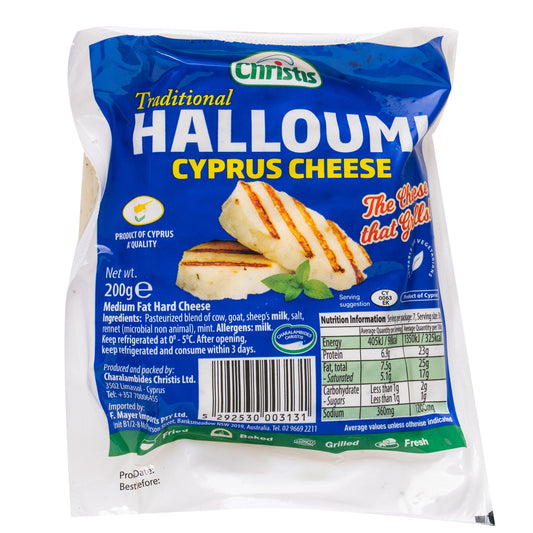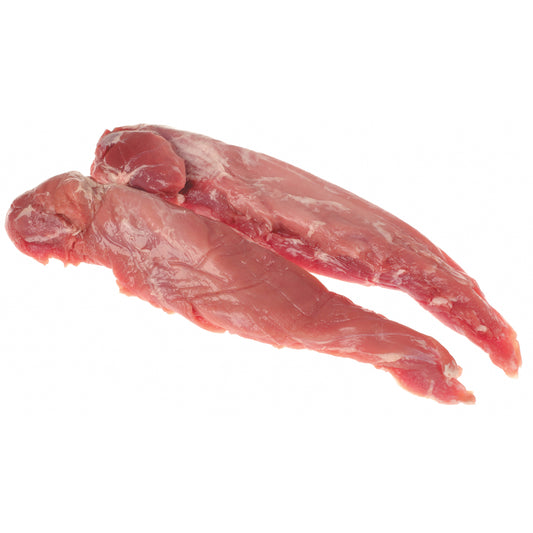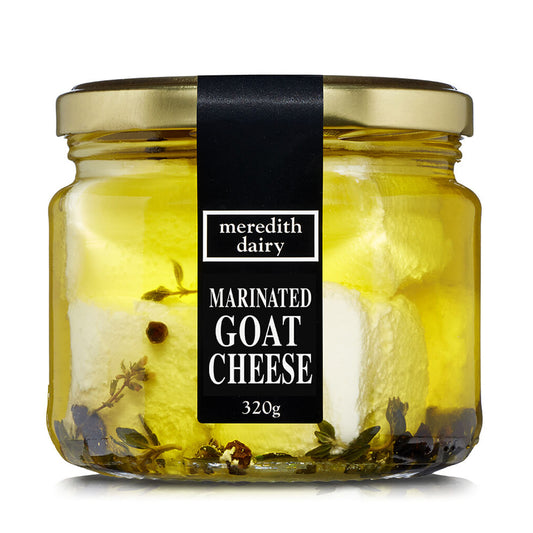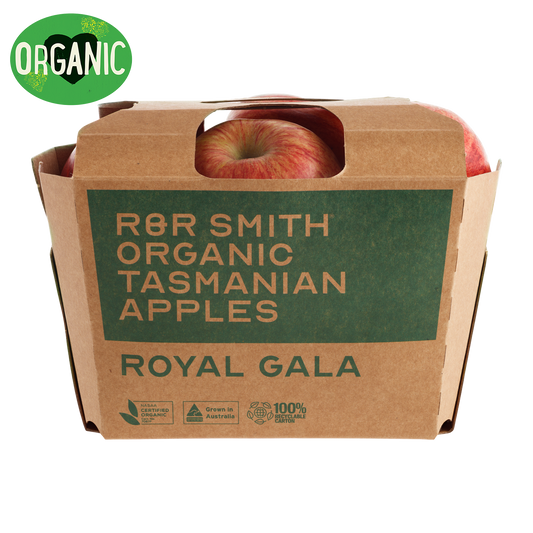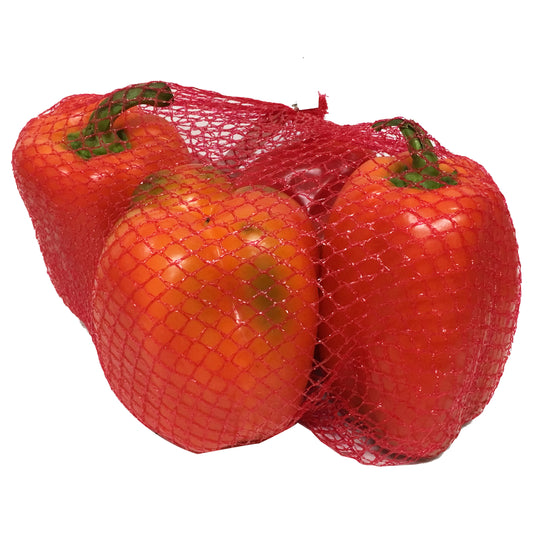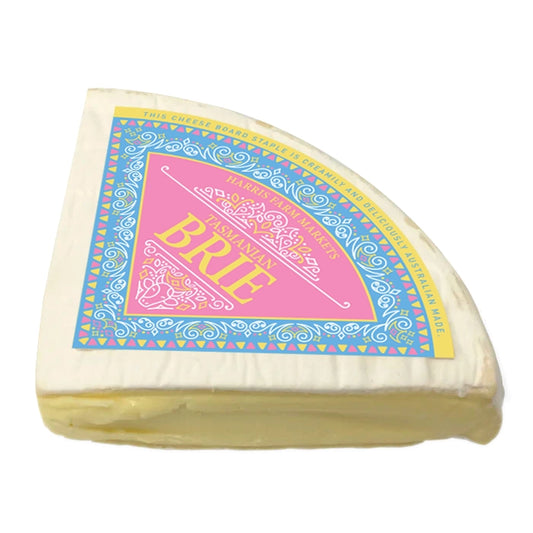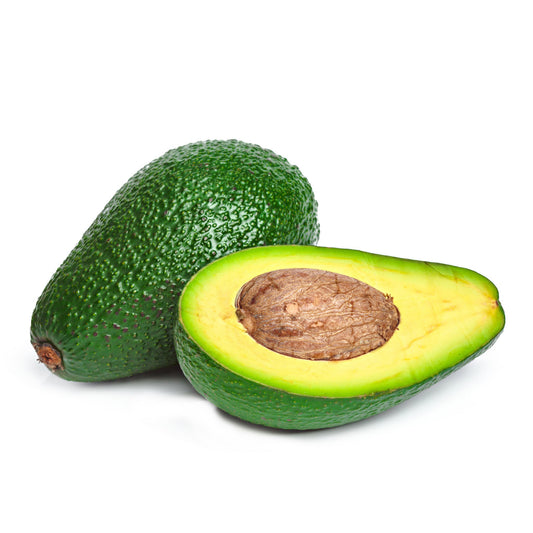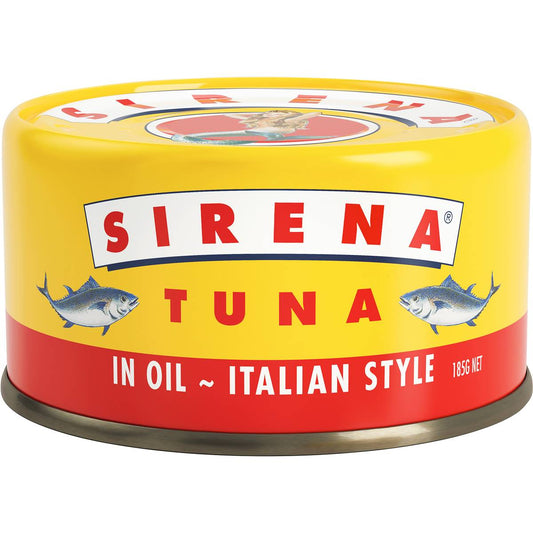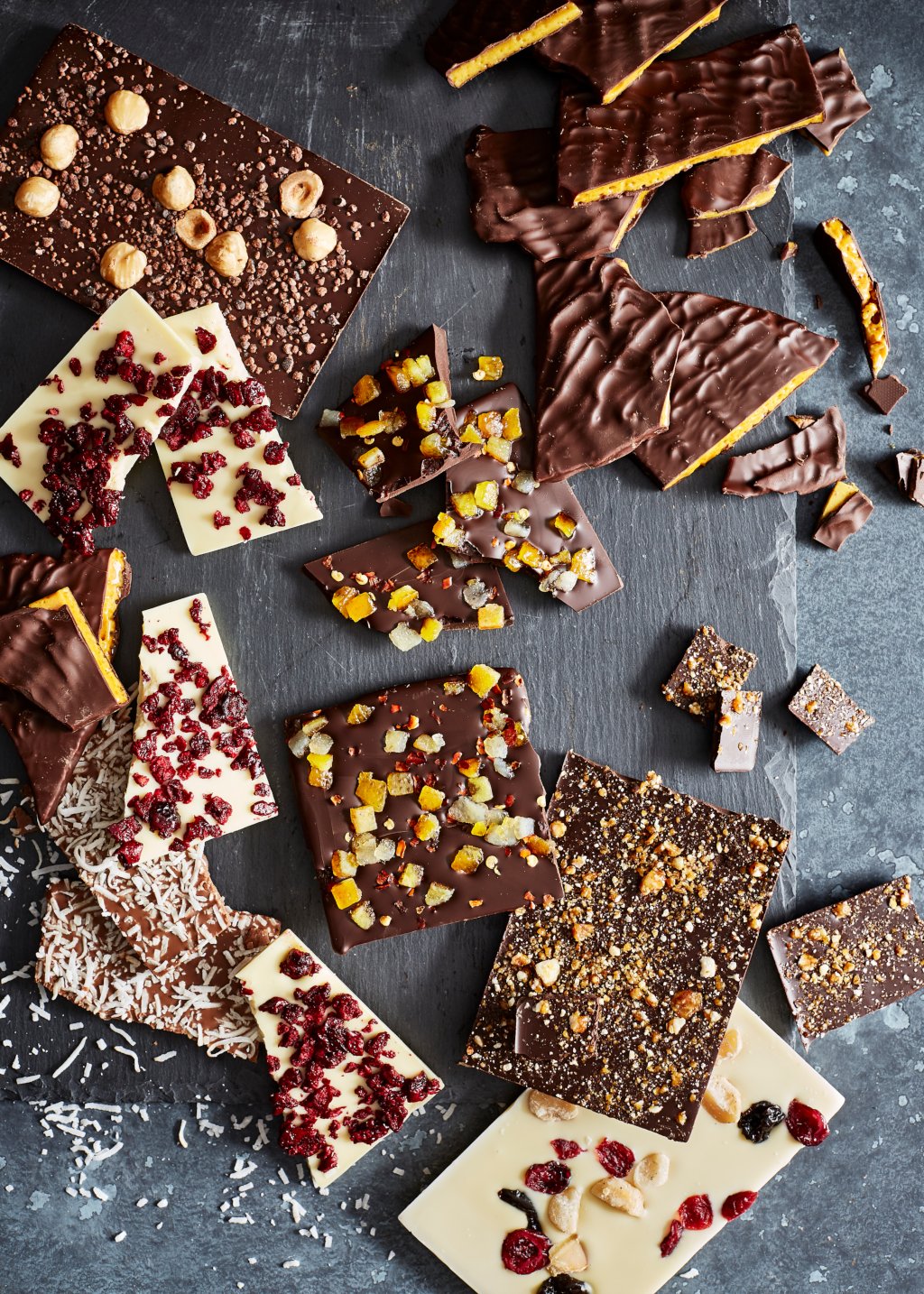
“All you need is love. But a little chocolate now and then doesn't hurt.” Charles M. Schulz (the creator of ‘Peanuts’) But which chocolate? Sometimes it’s easy to be bamboozled by choice. Here’s a little field guide to make it easier to answer the craving when it calls.
What exactly is chocolate?
Chocolate comes from cacao trees (so it pretty much counts as a fruit, right?)
A cacao tree is grown the tropics and has football shaped fruits with thick rinds, and mouth puckering seeds in pulp. To turn it into the chocolate we know and love the seeds and beans are removed from ripe pods, fermented, dried and roasted. Those roasted cacao nibs have recently become pretty popular to eat on their own (try them scattered in muesli, or toss a handful into a black bean chilli).
How does the bean become a chocolate bar?
The cacao nibs get ground up to make chocolate liquor, which is combination of cocoa solids and cocoa butter. This then gets mixed with different ratios of sugar, milk and cocoa butter.
Why is chocolate so good?
Chocolate is delicious. Eating it makes us feel good. A UK study by psychologist David Lewis showed that if you let a piece of chocolate dissolve slowly in your mouth, you’ll get a surge of brain activity and heart rate just as big as a passionate kiss - but the effect of the chocolate lasted four times longer.
How long have we been eating it?
More than 2000 years ago the Maya of Mesoamerica clocked that grinding and mixing cocoa beans with water produced a bitter drink which they thought worked as an aphrodisiac. The original chocolate factories were built in Europe in 1728. In 1875 Swiss chocolate maker Daniel Peter made the first milk chocolate, but it was Rodolphe Lindt who figured out how to make a chocolate bar that melted nicely in your mouth.
What do the different percentages on chocolates mean?
The percentages on the packaging relate to the proportion of cocoa solids. In order to be called chocolate, there must be at least 10 per cent cocoa solids present. Most milk chocolates have around 40 per cent, with the rest being a combination of milk and sweeteners. The higher the cocoa, the lower the amount of sugar in the chocolate. If you buy a dark chocolate that is “70 % cacao” it has 70 percent cocoa solids and cocoa butter and approximately 30 per cent sugar. (Nb most chocolates also contain about 0.5% of vanilla for flavour and lecithin which acts as an emulsifier).
What about Fair Trade?
Cocoa production has a long and sticky history when it comes to slave and child labour, some of which continues to today in West African nations. Buying chocolate bars that are labelled Fair Trade helps increase the chances that the people who grow, harvest, and produce it are adults receiving fair compensation for their work.
Swiss vs Belgian vs French…?
There are some taste differences based on where chocolates come from. The Belgian chocolate industry are best known for inventing the praline (chocolate shells with soft centres). Well known Belgian brands are Callebaut, Cote d'Or and Godiva and Australian outfits like Koko Black create their signature chocolates out of Belgian blends. Similarly, there are Australian outfits like Lindsay and Edmunds, who craft their handmade chocolates out of single origin Fairtrade organic Belgian couverture. French chocolate, with brands like Valhrona is usually darker, less sweet and has more subtle flavours going on. As for the Swiss, their signature chocolate is milk and they were the ones who first thought to combine chocolate with hazelnuts. Lindt is a classic Swiss brand, as is Nestle. These days there are also plenty of smaller suppliers working in small production, focusing on fair trade and organic practices, like Pico and Alter Eco.
What about white chocolate?
White chocolate is not technically chocolate - it is cocoa butter without any cocoa solids. It also has sugar and powdered milk added. But sure, if you like it, go ahead (it makes a pretty delicious mousse when melted and combined with whipped cream, passionfruit and raspberries).
How should I store chocolate?
Chocolate does not like to be too hot, or too cold, exposed to the air or to get wet. The ideal temperature is between 12.2 C- 20 C. Or just eat it as soon as possible. That also works.
What chocolate should I buy?

“I had a bad day”
Just go straight to the source. Lindsay and Edmunds’ Dark Kirsch Soaked Cherry chocolate should help. That’s 165 g of pure indulgence. Or get a slab of their Dark Honey and Almond Praline slab, add some dried cherries and roasted almonds and make your own version of a Cherry Ripe. (Did you know the Cherry Ripe is Australia’s most popular chocolate bar?)
“I love you”
Koko Black Dark Chocolate Tasmanian Leatherwood Honey Honeycomb. Forget the flowers. This is love in a box. (Maybe you should get one for you too. It would be cruel to expect them to share). Or else you could always just pick up a tub of chocolate hearts.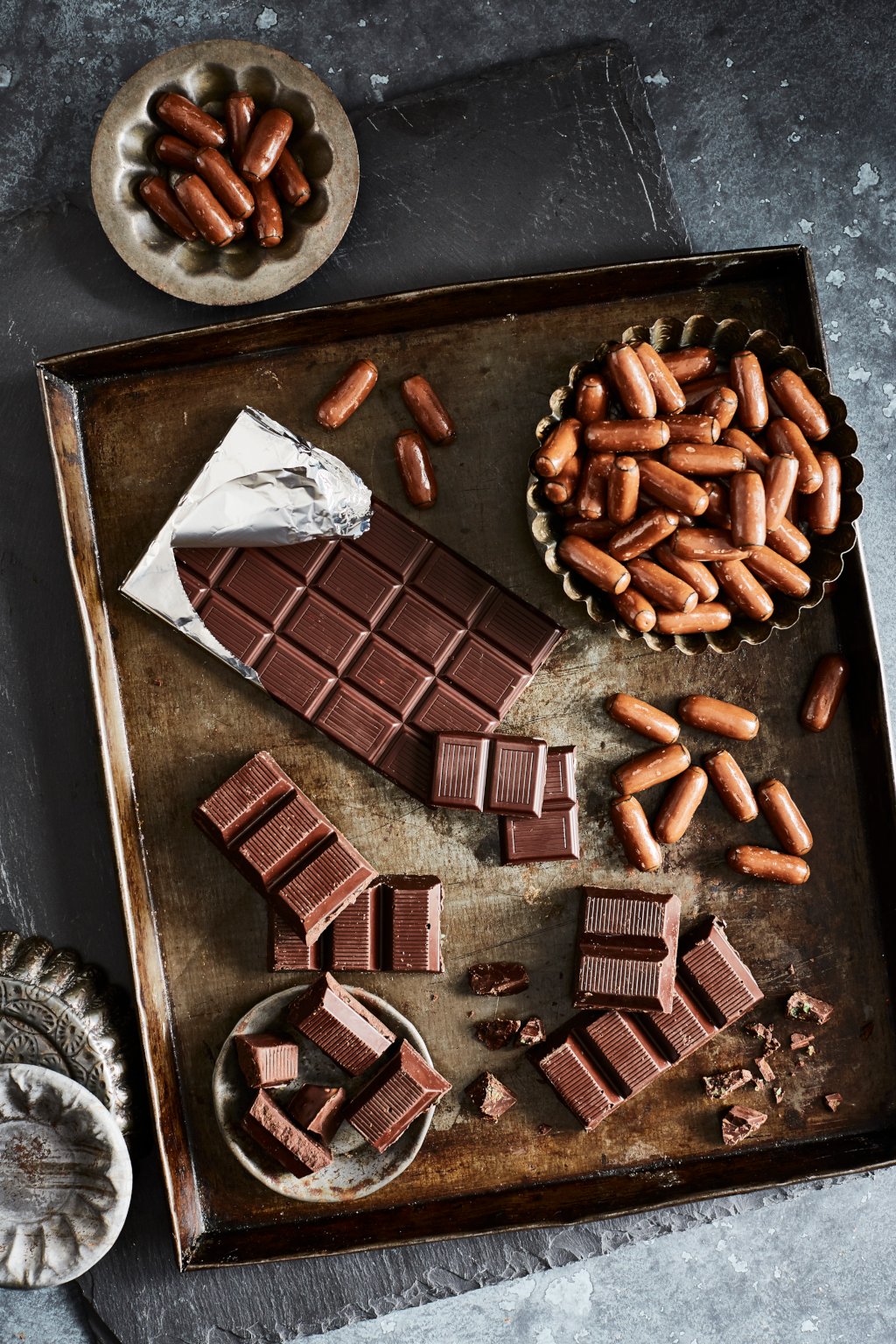
“It’s 9 pm and I still have two more hours of work to knock over”
You’re going to need something with a bit of an extra kick to it. Chocolate bullets might do the trick. Or else be a little strategic and try some chocolate sweetened with stevia instead of sugar, like these Well Naturally dark chocolate mint bars or Pico Caramelised Almond, which is sweetened with coconut nectar.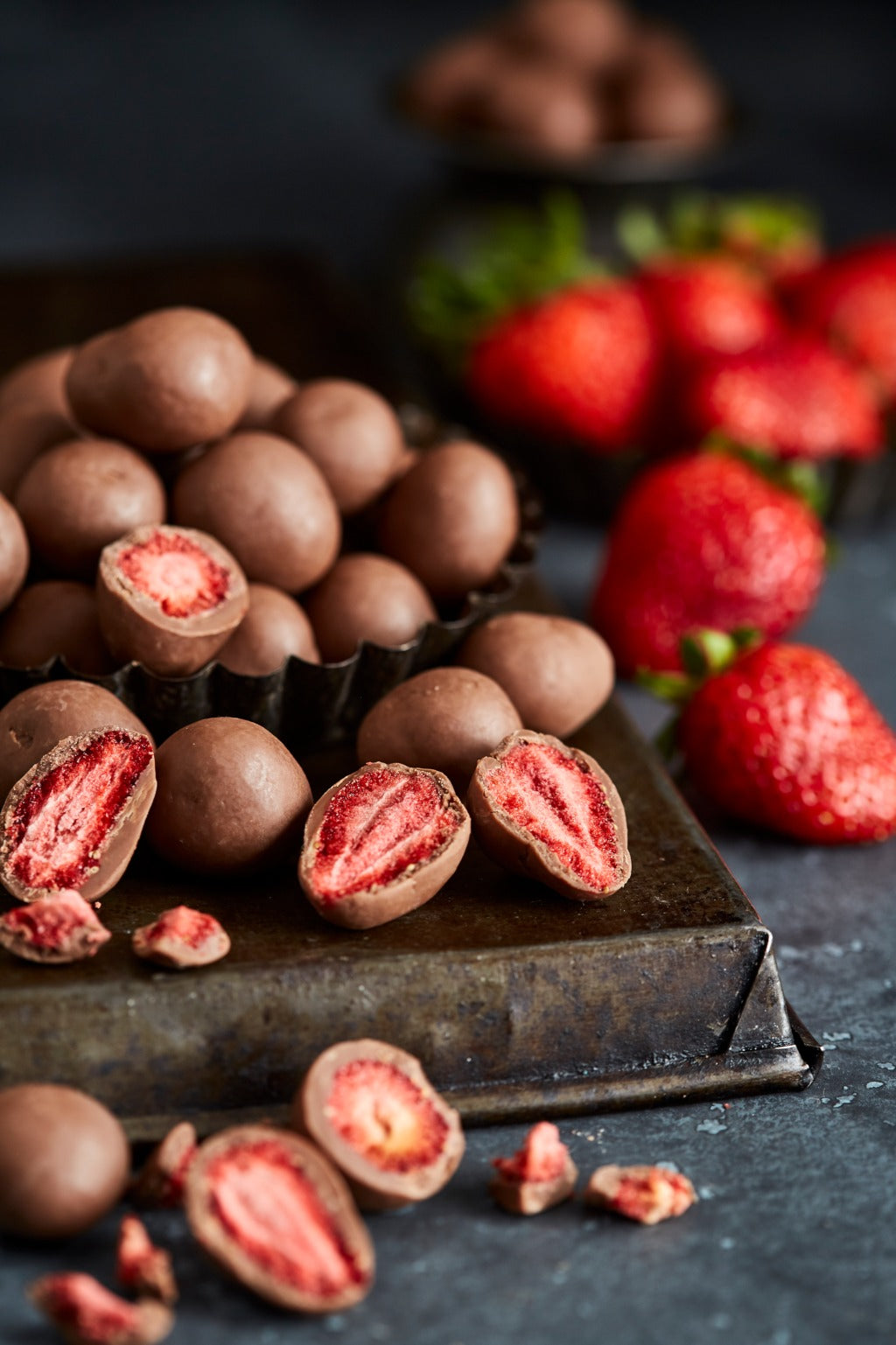
“I need to pick up something as a thank you gift”
Try these chocolate coated freeze dried strawberries by Absolute Good. They are sweet, crunchy and totally delicious.
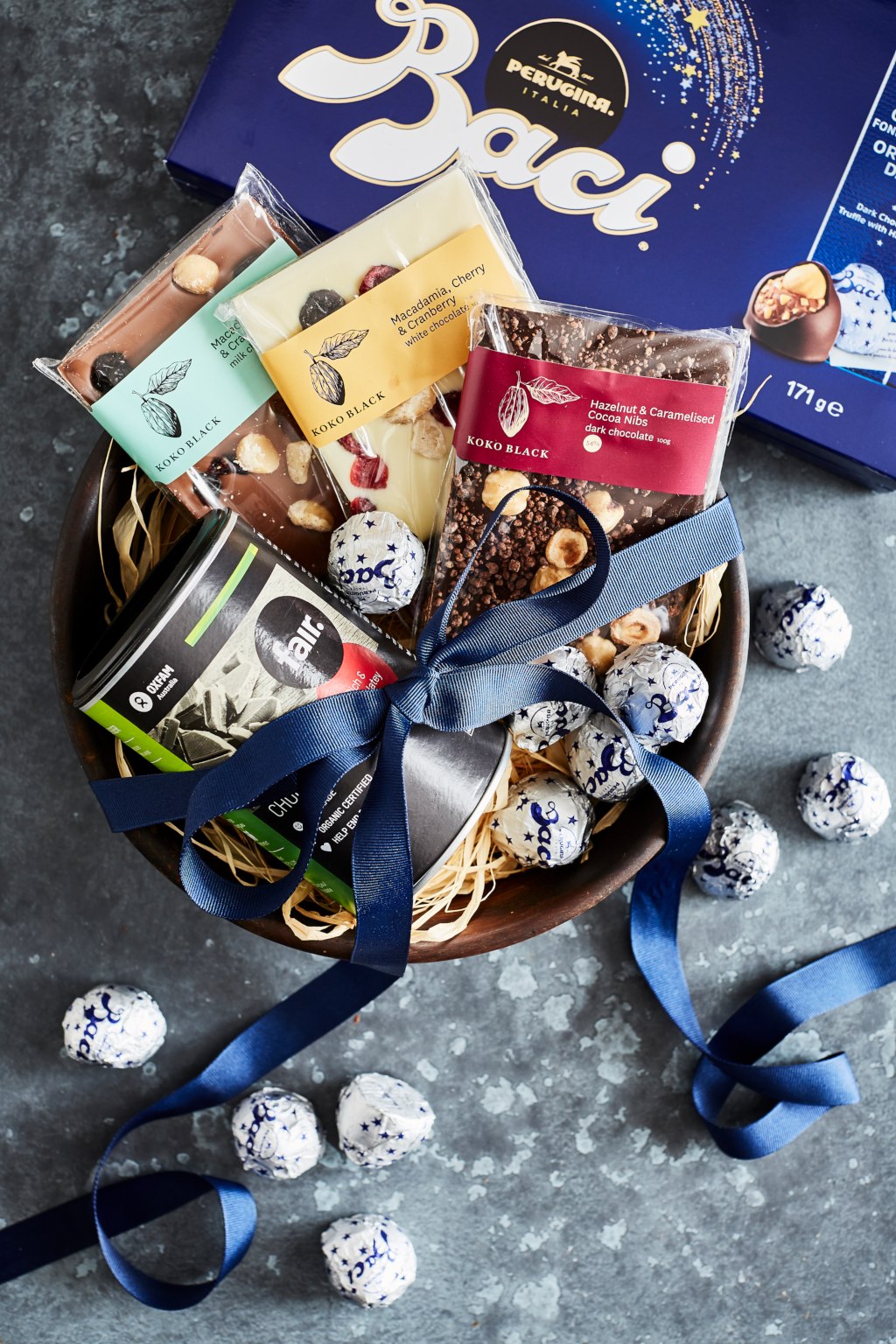
“It’s my mother in law’s birthday”
A chocolate hamper is never a bad way to go. Try including some of Oxfam’s Fair Trade Organic drinking chocolate so she knows you’re a caring sort, a box of classic Baci truffles and some white, dark and milk chocolate bars studded with macadamia, cherry and cranberries, just to cover your bases.

